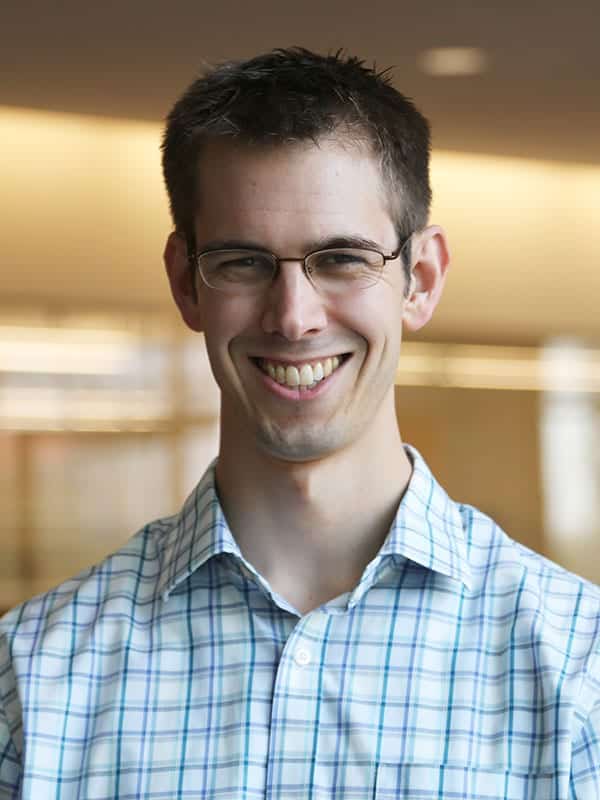
I use computers to help researchers save time and money as they study diseases or experiment on new drugs to fight them.
First, we need to understand what is happening inside a diseased cell. Cells have information processing channels and communication mechanisms that help them decide what to do when they are stimulated or threatened and need to react to survive. Modern techniques in genomics are used to measure what’s going on inside cells. My group then builds computational models to make sense of and predict all this cellular activity, and we recommend which experiments to take forward in a lab.
As we often see in research, I first began on a different path. I was a computer science major wanting to do research in artificial intelligence, but during my sophomore year my research group started moving more into biology. We wrote software programs to read biomedical journal articles and extract information to help humans deal with tens of millions of articles. As I was writing code, I gained interest in the biology being described in these articles. Over the years I’ve come to see that biology problems are a natural fit for the more abstract computational puzzles and techniques my mind loves to dive into.
In the short term, we want a much better understanding of certain aspects of human disease, such as how HIV-infected cells actively attack and transmit viral particles to uninfected cells. In the long term, my group will continue to improve our computational ideas so that we get more powerful, accurate models and gain confidence in what’s really going on inside extremely complex diseased cells.
I’m also getting more interested in the therapeutic possibilities. If our cellular modeling works, it will suggest specific genes and proteins that are behaving abnormally and will give us candidate proteins to look at when creating drugs and other treatments to counteract those changes.
My newest interest is on the chemical modeling side. Once we identify a new protein that’s potentially relevant to a disease, we want to use computational techniques to guide a search for treatment options. A typical academic lab can afford to test tens of thousands of chemicals experimentally, but there are millions if not billions of chemicals to consider as potential drugs for this protein.
We’re trying to use a new generation of Netflix-like computational techniques to make this search ultra-efficient. Netflix has a huge amount of information on what films, genres or actors people collectively like. There’s a class of computational models that uses these preferences to suggest new things for any individual movie buff. With a similar recommender system, we hope to narrow in on a limited number of chemicals to screen and achieve the same results as a massive and costly chemical screen.
Fearless Science
Science moves. It unlocks mysteries in medicine and opens new doors in human health. But science doesn’t thrive by asking safe questions. It moves when we push fearlessly into new frontiers. This Spring 2018 report explores science with the promise to move our lives.